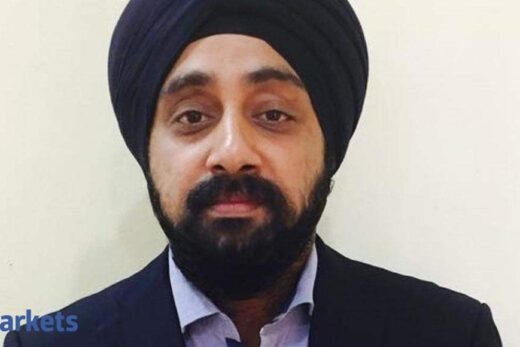Have you seen any impact of the Covid second wave on demand?
C Vijayakumar: So far, we have not seen any impact in the demand environment. The demand environment remains very robust because a lot of clients in most verticals are accelerating two kinds of initiatives. One is cost optimisation or variablising the cost structures. The second set of initiatives are around business transformation or digital transformation, investing in the new technologies to deliver differentiated business outcomes.
We see both ends of the investment thesis being played out. There are some strong verticals like life sciences, technology services, financial services where we see digital transformation as well as cost optimisation. There are other verticals like energy, utilities and telecom. Some of them are also trying to reduce significant cost, especially the telecom providers so that they can reinvest in 5G deployment efforts. I see a very positive demand environment.
So far, I have not seen any impact of the Covid second wave on the demand environment. Of course, India is going through the most intense phase of the pandemic and this is very unfortunate. We also have some employees who are not able to fully contribute and that will have a little impact but we are sincerely hoping it is a very short term situation and things will be better soon.
In this quarter, there was a lot of currency volatility as well. As the CFO, how have you navigated through that and what kind of plans do you have in place to hedge going forward?
Prateek Aggarwal: Currency fluctuations is something that any business has to get used to. HCL follows a very disciplined hedging strategy, call it a layered hedging strategy where month after month, quarter after quarter we keep on taking small bites. This follows the way investors put away a small amount every quarter, every month in systematic investment plans or SIPs. That is the way we build the layered hedge book which at the end of the day works to our favour.
What kind of demand are you seeing? The deal pipeline is at a lifetime high but what markets want to know is what the transformational deal pipeline is looking like?
C Vijayakumar: A significant part of our pipeline is driven by transformational deals and there are three or four major themes that are playing out from a transformation perspective. One is there are a lot of initiatives, customer experience transformation and supply chain modernisation. These are two big themes which are playing out and that is more on a horizontal perspective and there are a couple of themes from technology perspective which is application modernisation and cloud migration.
These are the four broad themes I can think of and the intensity of how they play out is different. Some of the segments which are more retail facing — be it retail banking, consumer goods or retail outlets — are more focussed on customer experience and omnichannel and things like that. A lot of manufacturing, logistics, travel and transportation are focussed on supply chain transformation programmes. Across the board, cloud adoption has accelerated. Some of our customers are lifting and shifting but a lot of them are modernising their IT landscape so that they can get the true benefit of the cloud operating model rather than just hosting the applications in the cloud.
You have talked about how India is the most intense but across the geographies that you are in, how are they doing? Are you seeing the US recover much faster while Europe is taking more time?
C Vijayakumar: Yes, the US recovery gives us a lot of confidence because the vaccination has gone off quite well. The outlook is also very encouraging and to that extent we see the recovery a little bit faster as well. Europe has been a little bit of see-saw. I expect it to stabilise towards the middle of this year.
Where are the levers for the margin guidance that you have provided for?
Prateek Aggarwal: The levers are plenty and all over the place. The biggest one which we have already started in FY21 itself is hiring at various levels and various training programmes. That is the biggest lever of them all and it is set to be even more accelerated in the next couple of years. Apart from that, demand itself is the biggest lever because it also gives us operating leverage. Apart from this, there are the usual automation and digitisation and ARC reduction levers.



